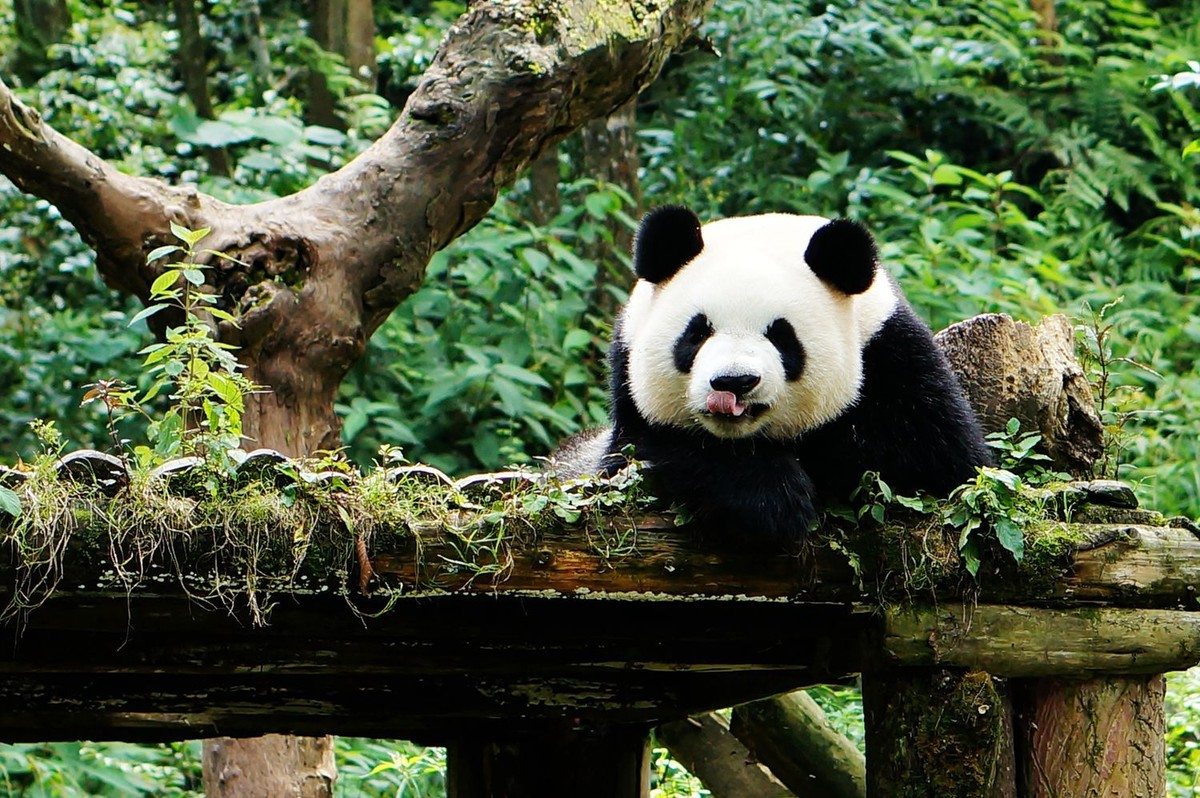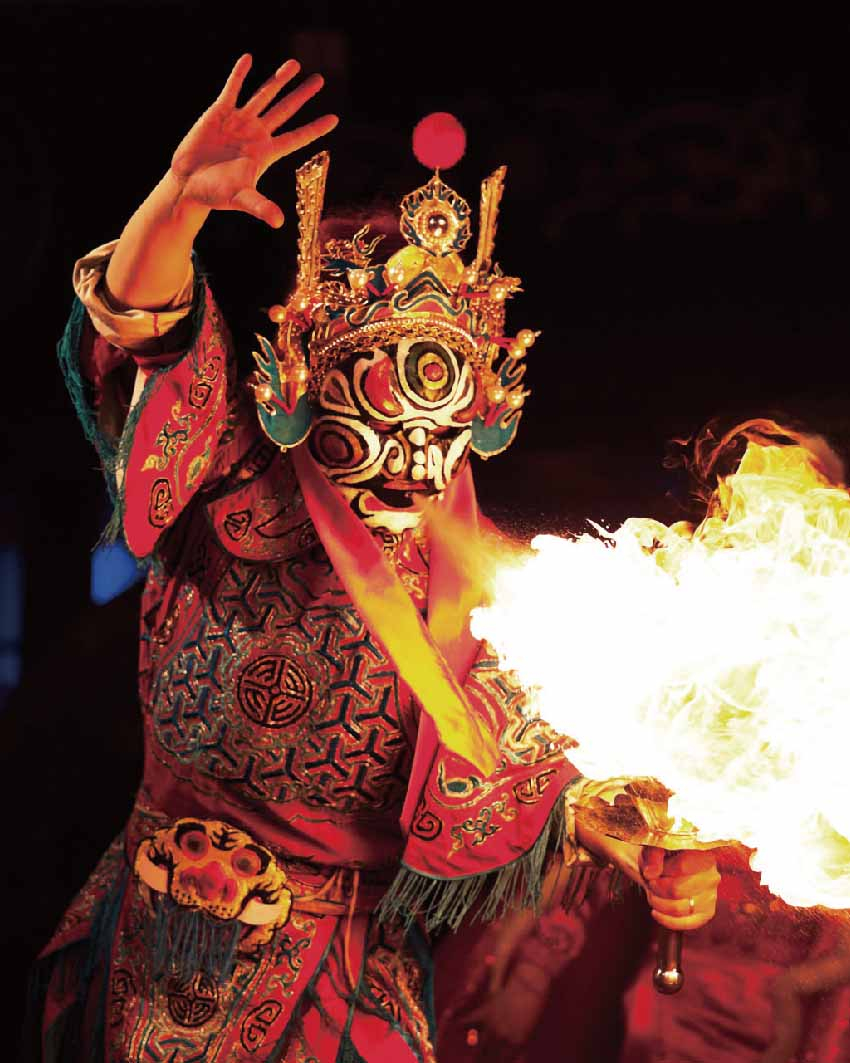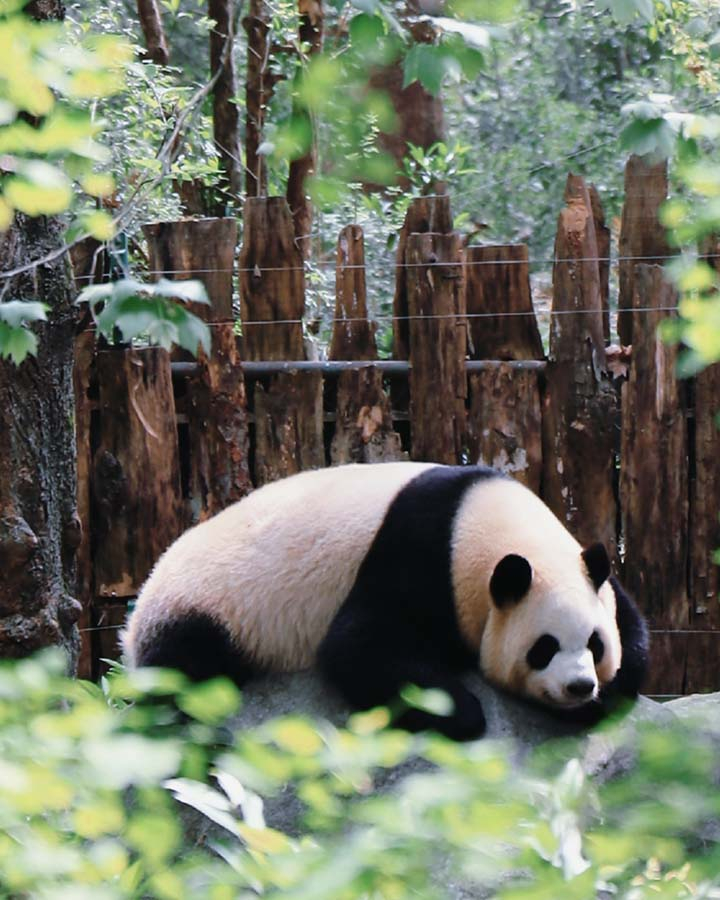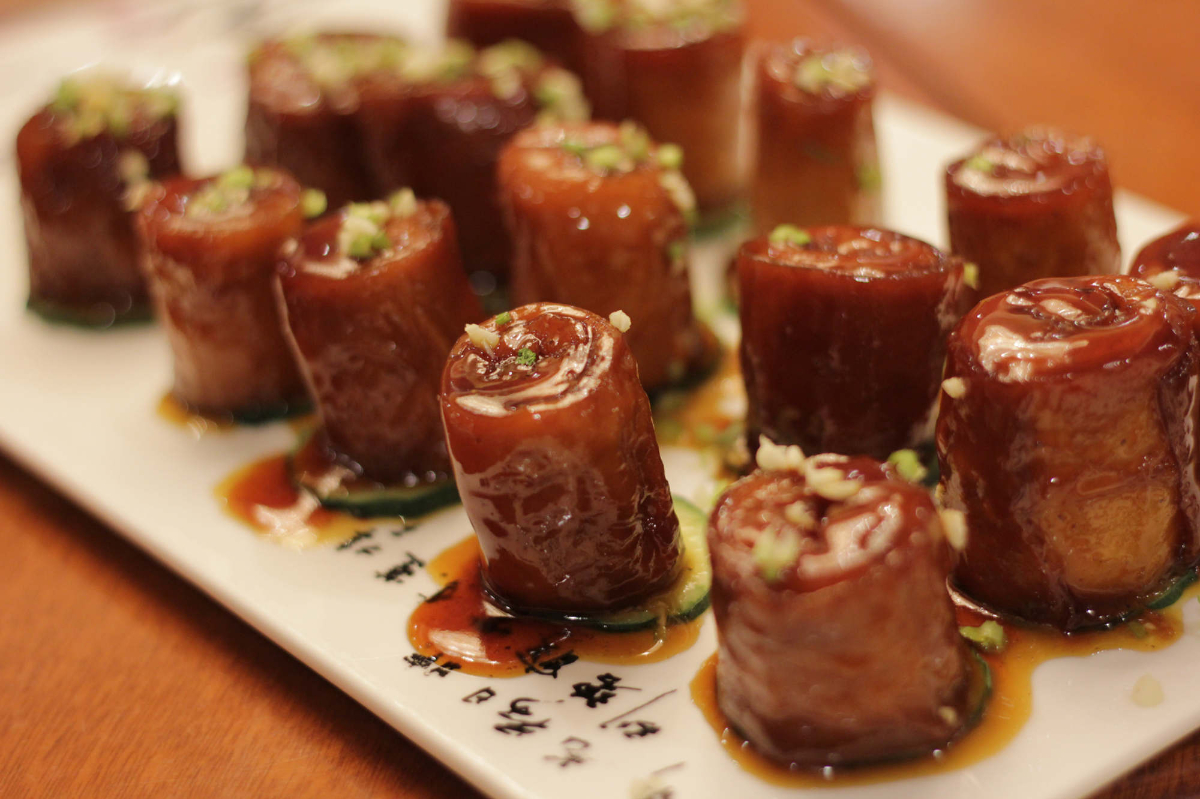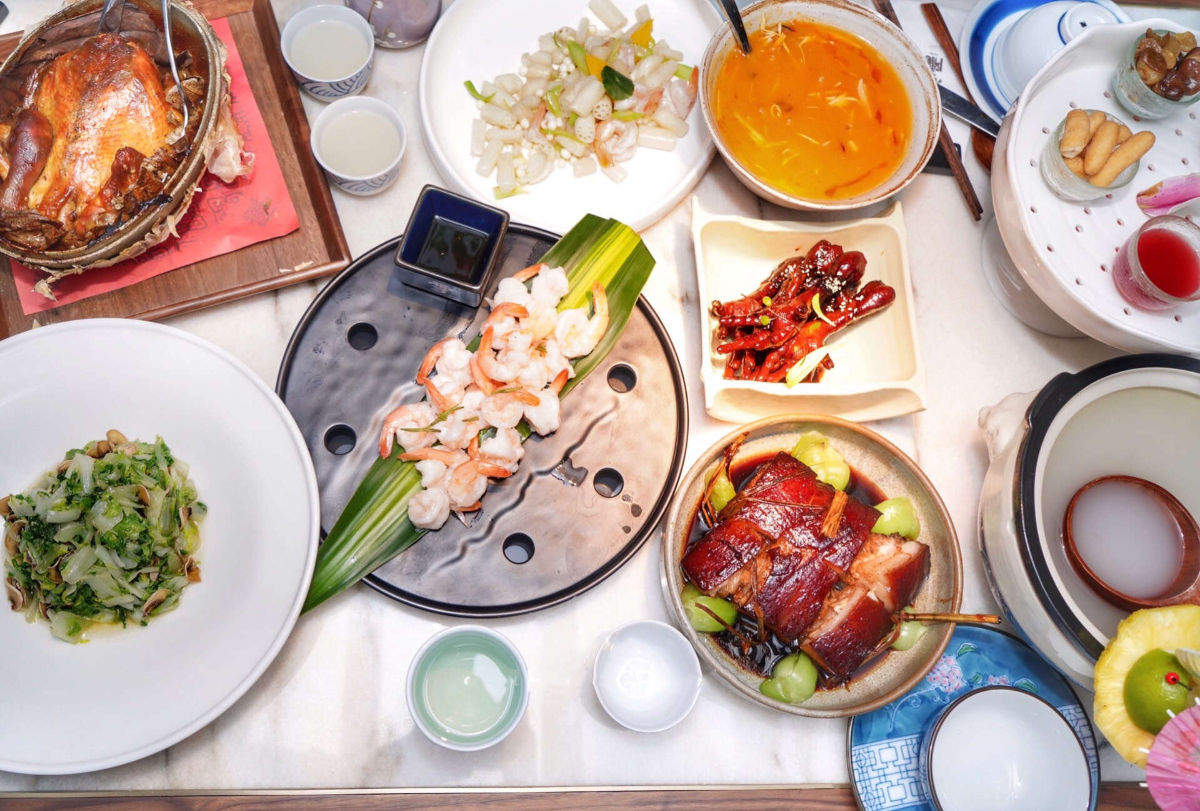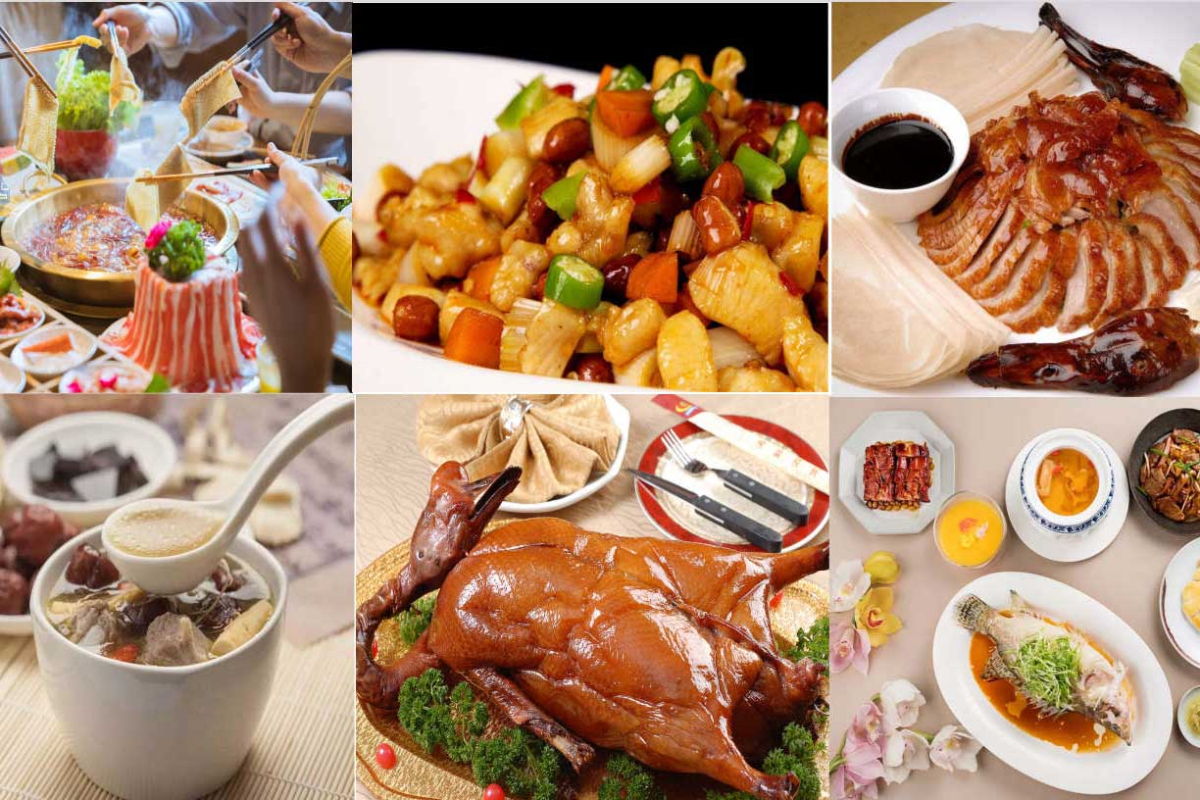The history and different types of Chinese cuisine
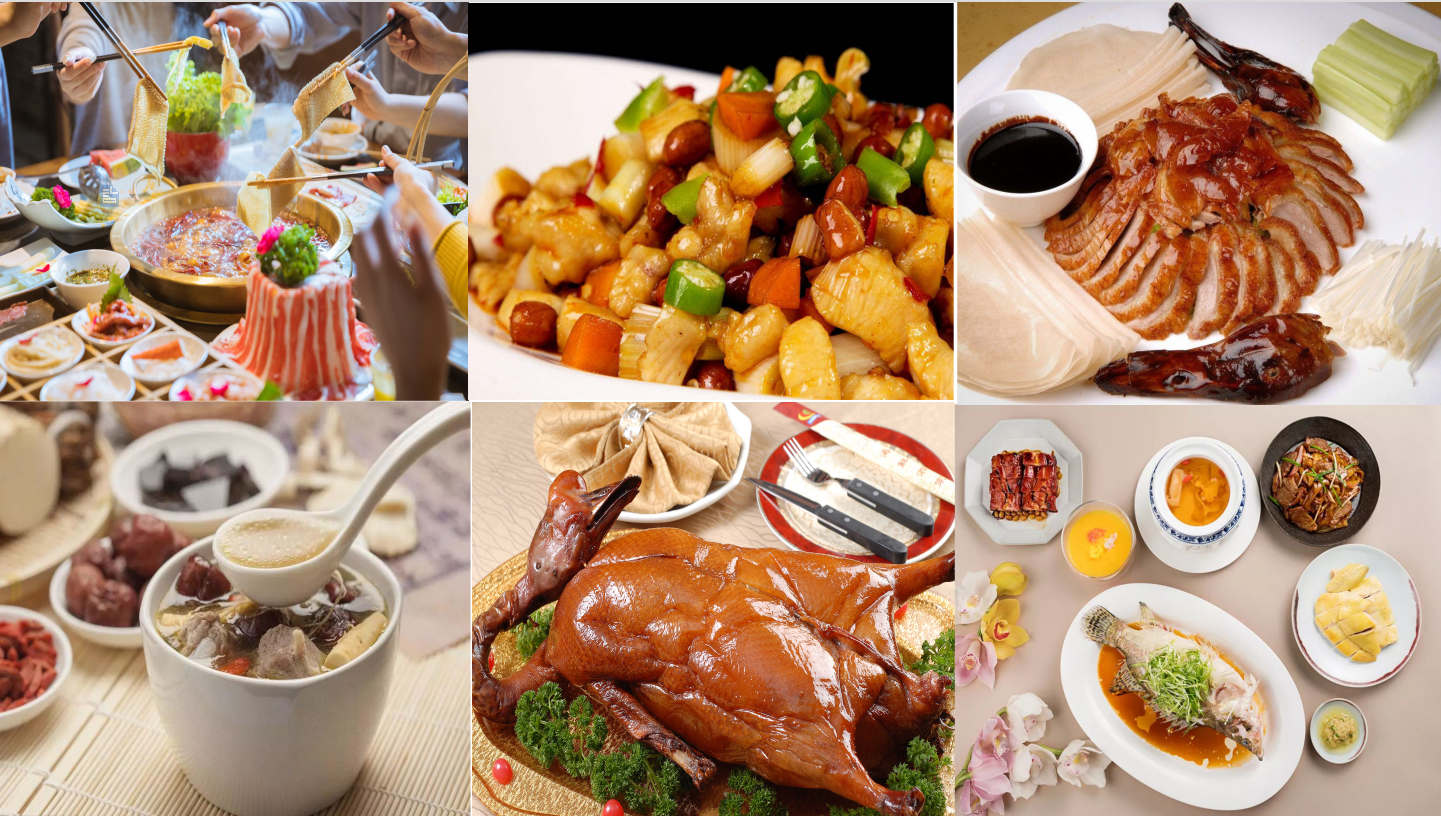
Chinese cuisine is an important part of Chinese culture, which includes cuisine originating from the diverse regions of China, as well as from Chinese people in other parts of the world. Because of the Chinese diaspora and historical power of the country, Chinese cuisine has influenced many other cuisines in Asia, with modifications made to cater to local palates. Chinese food staples such as rice, soy sauce, noodles, tea, and tofu, and utensils such as chopsticks and the wok, can now be found worldwide.
The preference for seasoning and cooking techniques of Chinese provinces depend on differences in historical background and ethnic groups. Geographic features including mountains, rivers, forests and deserts also have a strong effect on the local available ingredients, considering that the climate of China varies from tropical in the south to subarctic in the northeast. Imperial, royal and noble preference also plays a role in the change of Chinese cuisines. Because of imperial expansion and trading, ingredients and cooking techniques from other cultures are integrated into Chinese cuisines over time.
● The feature of Chinese Cuisine
China is the most populous country in the world, along with the vastness and diversity of products and climate, leading to a clear difference between food culture regions. Therefore, the cuisine of China is extremely diverse and unique but still has its own characteristics of each region, rich and rich in identity, which have a great influence on the cuisine of Asian countries.
Chinese Cuisine is an integration of color, redolence, taste, shape, meaning and instruments. Meanwhile, the selection of the materials is so broad that almost all of the edible things on the earth can be cooked into delicate cuisines.
Most food materials are cut into small edible shapes before cooking, including slices, threads, blocks and grains. The same material should be cut into pieces of even size and thickness. Some materials can even be carved into fine patterns laid on the plate as decorations.
At the same time, various seasonings are necessary, such as sauce, lobster sauce, pepper, hot pepper, wild pepper, gourmet powder, vinegar, white sugar, liquor, ginger, garlic, sesame oil and green onion. With the help of these seasonings, Chinese cuisine present a great variety of tastes such as sour, sweet, bitter, hot, salty, spicy and hot, sour and hot, spiced, sweet and sour, fish-flavored and so on.
In addition, the colors of the main materials and the assisting materials must match and supplement each other. For instance, green vegetables, tomatoes, onions, leek and garlic sprout are often used to serve as a foil to the other materials in Chinese cuisine.
When everything is ready, the materials will be cooked through various cooking methods, including frying, boiling, stewing, braising, steaming, crisping, baking, and simmering. At last, the cooked food will be put in specific plates and dishes to perfect the masterpieces.
● The History of Chinese Cuisine
History of Chinese cuisine starts with the 4 thousand year old archaeological findings of the oldest noodle food found in the upper reaches of the Chinese Yellow River. By the time of the Han Dynasty *206 BC – 220 AD), manufacture of various grain food became very organized and cooking also reflected that.
Southern china was famous for their rice, and food from the North China Plain was predominately focused on flour products. Fascination with the exotic and highly specialized food started during the reign of Tang Dynasty (618–907), while tradition of drinking tea can be found from the influence of the earlier “Southern and Northern Dynasties” period of time during 5th century AD. During Tang Dynasty, tea became highly popular in elite societies, signifying wealth and balance of health.
By the time of the Song Dynasty (960–1279), life in cities became more and more easier, with trade and rise of the manufacturing jobs enabled Chinese population access to better quality of life and better access to food. It was then that Chinese cuisine really blossomed, enabling mixing of cooking, medicine and even religion, establishing strict rules for maintaining “balanced” meals and expanding the ways the food can be prepared, processed and served.
By the time of Yuan Dynasty, China received first contacts with the west, bringing for the first time access to many foreign food ingredients and methods of food preparation. This influence grew even more strongly during Ming dynasty (1368–1644) when trading with the rest of the world became much easier with the establishment of sea trading roots. By then, china gained access to main new plants, animal, food crops, and goods, including the food that was originally found only in the newly discovered “New World” (sweet potatoes, peanuts, maize and many others).
● The types of Chinese Cuisine
The most praised "Four Major Cuisines" are Chuan, Lu, Yue and Huaiyang, representing West, North, South and East China cuisine correspondingly.The modern "Eight Cuisines" of China are Anhui (徽菜), Cantonese (粤菜), Fujian (闽菜), Hunan (湘菜), Jiangsu (苏菜), Shandong (鲁菜), Sichuan (川菜), and Zhejiang (浙菜) cuisines.
Color, smell and taste are the three traditional aspects used to describe Chinese food,as well as the meaning, appearance and nutrition of the food. Cooking should be appraised with respect to the ingredients used, knifework, cooking time and seasoning.
Importantly, cuisine in China is always appreciated through all the senses. A dish is first judged for its appearance and aroma, then its taste and texture. And a good-quality dish should have one of the following characteristics or a combination of several.
Xian (鲜) – the natural, heightened flavor of ingredients, such as the sweetness of prawns, or the taste of high-quality butter.
Xiang (香) – a fragrant aroma found in dishes that combines smell and taste harmoniously.
Nong (浓) – the richness of a sauce; a concentration of flavor.
you er bu ni (油而不腻) – the taste and texture of fat without greasiness of stodginess or stodginess.
